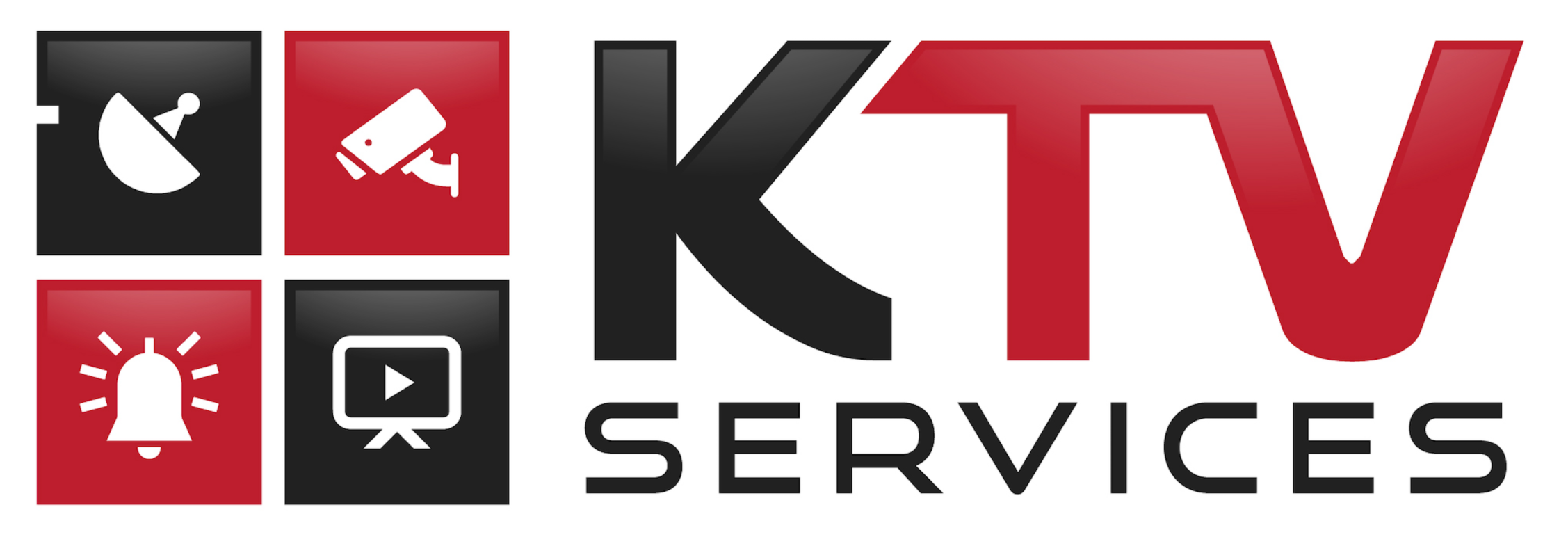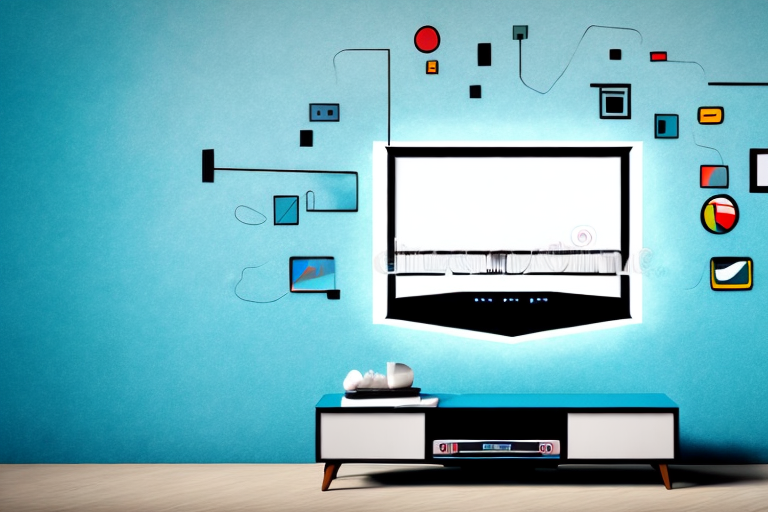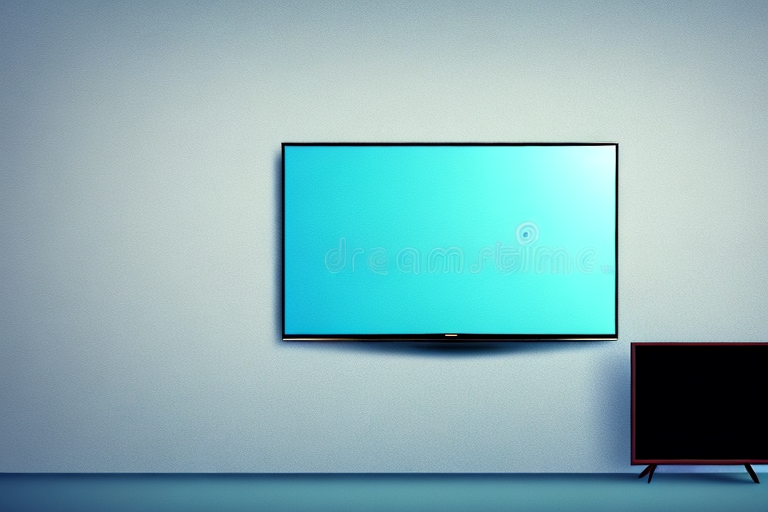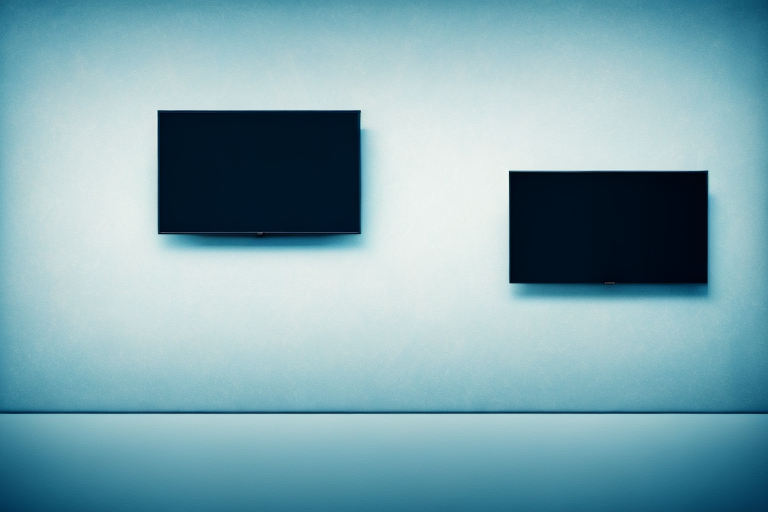Mounting your TV on the wall is a great way to save space and improve your home theatre experience. However, it requires some planning, preparation, and careful execution. In this article, we will guide you through the process of mounting your TV on the wall, step by step. We will cover the following essential topics:
Choosing the right wall mount for your TV
Mounting your TV on the wall is a great way to save space and enhance your viewing experience. However, before you start drilling holes on your wall, you need to select the perfect wall mount for your TV. Wall mounts come in different types, sizes, and styles, so choosing the right one depends on several factors.
Firstly, you need to consider your TV’s size and weight. This is critical because you don’t want to choose a mount that can’t support your TV’s weight or size, as it can be dangerous and affect your viewing experience. Most wall mounts have weight and size limits that you need to follow carefully. Additionally, you need to ensure that your TV’s VESA pattern matches your mount’s specifications.
Secondly, you need to think about your room’s layout and furniture. Consider the placement of your TV in relation to your seating area, windows, and lighting. You want to avoid glare, reflections, and awkward viewing angles. A tilting wall mount can help you adjust the viewing angle and avoid these issues.
Thirdly, you need to consider your viewing preferences and angles. Do you want to be able to adjust your TV’s position easily? Do you want to be able to watch TV from different parts of the room? A full-motion wall mount can provide you with the ultimate viewing experience and control over your TV’s position.
Types of TV wall mounts
Now that you know what factors to consider, let’s explore some of the most common types of wall mounts:
- Fixed wall mounts: These mounts hold your TV close to the wall and don’t allow any tilting or swivelling. They are ideal if you want a clean and minimalist look or have limited space. They don’t require much assembly and are generally the most affordable option.
- Tilting wall mounts: These mounts allow you to tilt your TV up or down to adjust the viewing angle. They are suitable if you want to mount your TV higher than eye level or need to avoid glare or reflections. They are slightly more expensive than fixed mounts but offer more flexibility.
- Full-motion wall mounts: These mounts let you tilt, swivel, and extend your TV in any direction. They are ideal if you want the ultimate viewing experience and control over your TV’s position. They are also the most expensive and complex mounts, requiring more assembly and support.
- Ceiling mounts: These mounts attach your TV to the ceiling instead of the wall. They are a practical solution if you have high ceilings or want to mount your TV in a non-conventional way. However, they require more installation and compatibility considerations than wall mounts.
Considering the size and weight of your TV
As mentioned earlier, the size and weight of your TV are critical factors to consider when selecting a wall mount. You don’t want to choose a mount that can’t support your TV’s weight or size, as it can be dangerous and affect your viewing experience. Most wall mounts have weight and size limits that you need to follow carefully. Additionally, you need to ensure that your TV’s VESA pattern matches your mount’s specifications.
It’s also worth noting that the size of your TV can affect your viewing experience. If your TV is too small, you may struggle to see details, especially if you’re sitting far away. On the other hand, if your TV is too big, you may feel overwhelmed and have to move your head to see everything. Consider the size of your room, your seating arrangement, and your personal preferences when selecting a TV size.
Compatibility with your TV’s VESA pattern
The VESA pattern is the standard mounting pattern that most TV manufacturers use. It determines the spacing and placement of the mounting holes on the back of your TV. You need to make sure that your wall mount’s mounting plate matches your TV’s VESA pattern to ensure a secure and stable installation.
It’s also worth noting that some TV manufacturers use non-standard VESA patterns or proprietary mounting systems. In these cases, you may need to purchase a custom mount or adapter to ensure compatibility.
Overall, choosing the right wall mount for your TV requires careful consideration of your TV’s size and weight, your room’s layout and furniture, your viewing preferences and angles, and your TV’s VESA pattern. By selecting the right wall mount, you can enhance your viewing experience, save space, and create a stylish and functional entertainment area.
Preparing the wall for installation
Once you’ve chosen the right wall mount for your TV, you need to prepare your wall for installation. This includes:
Selecting the ideal location
The location of your TV on the wall can affect your viewing experience and the aesthetics of your room. You need to select a spot that offers optimal viewing angles, comfortable seating, and minimal glare or reflection. You may want to test different locations by holding your TV against the wall or using a makeshift template.
Consider the height of the TV and the distance from the seating area. You want to make sure that the TV is at eye level when you’re sitting down and that you’re not straining your neck to look up or down.
Another factor to consider is the lighting in the room. You want to avoid placing the TV in a spot that gets a lot of natural light or has a window directly behind it, as this can cause glare and make it difficult to see the screen.
Identifying wall studs
Wall studs are the beams or supports that hold your wall structure together. They are essential for a secure and stable TV wall mount installation. You need to use a stud finder or another method to identify the location of your wall studs. You should also mark their centre and edges with a pencil or tape.
If you’re having trouble finding the studs, you can try tapping on the wall with a hammer or using a magnet to detect the metal screws that hold the drywall to the studs.
It’s important to note that not all walls have studs spaced evenly apart. You may need to adjust the placement of your wall mount to align with the studs or use additional hardware, such as toggle bolts, to secure the mount to the wall.
Marking the drill holes
Once you know where your wall studs are, you need to mark the drill holes for your wall mount. You should use a level and a measuring tape to ensure that your marks are straight and aligned with the stud centres. You should also leave some space between the markings and the edge of the stud to prevent splitting or cracking.
Before drilling, make sure you have the correct drill bit size for the screws that came with your wall mount. You should also drill slowly and steadily, being careful not to apply too much pressure or drill too deep.
After drilling the holes, insert the screws into the wall mount and tighten them with a screwdriver or drill. Make sure the mount is level and secure before attaching the TV.
Assembling the TV wall mount
Before you attach the mounting plate to your wall, you need to assemble your TV wall mount. This involves:
Attaching the mounting brackets to the TV
Attaching the mounting brackets to your TV is a crucial step in mounting your TV. You need to make sure that you attach the brackets to the back of your TV using the screws and washers provided with your wall mount. It is important to follow the instructions carefully and use the appropriate holes and hardware for your TV’s VESA pattern. If you don’t use the correct screws and washers, your TV may not be properly secured to the wall mount, which could cause it to fall off and potentially break. You should also use a screwdriver or a wrench to tighten the screws firmly, but be careful not to over tighten them, as this could damage your TV.
Installing the wall plate
After you’ve assembled your mount’s arms and brackets, it’s time to install the wall plate. This involves attaching the wall plate to your wall using the drill and screws provided with your wall mount. It’s important to secure the wall plate to your wall studs to ensure that it can support the weight of your TV. You should also use a level to ensure that the wall plate is horizontal and straight. This will prevent your TV from being crooked on the wall, which can be both unsightly and distracting. Finally, you should attach any cables or wires to the wall plate as needed. This will help to keep your cables organised and prevent them from getting tangled or damaged.
Securing the mount to the wall
Once you’ve installed the wall plate, it’s time to attach the mount’s arms to the wall plate. This involves using the screws and washers provided with your wall mount to secure the arms to the wall plate and the mounting brackets. It’s important to double-check that all the screws are tight and secure to ensure that your TV doesn’t fall off the wall. You should also make sure that the mount is level and straight before hanging your TV. This will help to ensure that your TV is securely mounted and won’t wobble or tilt once it’s on the wall.
Overall, assembling a TV wall mount can be a bit daunting, but it’s definitely doable with a little bit of patience and attention to detail. By following the instructions carefully and taking your time, you can ensure that your TV is safely and securely mounted to your wall.
Mounting the TV on the wall
Finally, you can mount your TV on the wall by:
Lifting the TV onto the mount
You should ask for someone’s assistance to lift the TV onto the mount. You should tilt the TV slightly upwards and align the mounting brackets with the arms. Then, you should gently lower the TV onto the arms and make sure that it clicks or snaps into place.
Locking the TV in place
You should use the locking mechanism provided with your wall mount to secure the TV in place. Most mounts have a locking tab, a locking screw, or a quick-release mechanism that holds the TV securely to the mount. You should follow the instructions carefully and ensure that the TV doesn’t move or wobble.
Adjusting the TV angle and position
Once your TV is mounted on the wall, you can adjust its angle and position to suit your preferences. You should use the tilting or swivelling mechanism provided with your wall mount to adjust the TV’s angle up or down or side to side. You should also use the TV’s remote or controls to customise the picture and sound settings.
Congratulations, you’ve successfully mounted your TV on the wall! Now, you can enjoy your favourite movies, shows, and games in style and comfort. Just remember to follow the safety precautions and technical requirements for your specific TV and wall mount, and don’t hesitate to ask for professional help if needed. Happy viewing!




